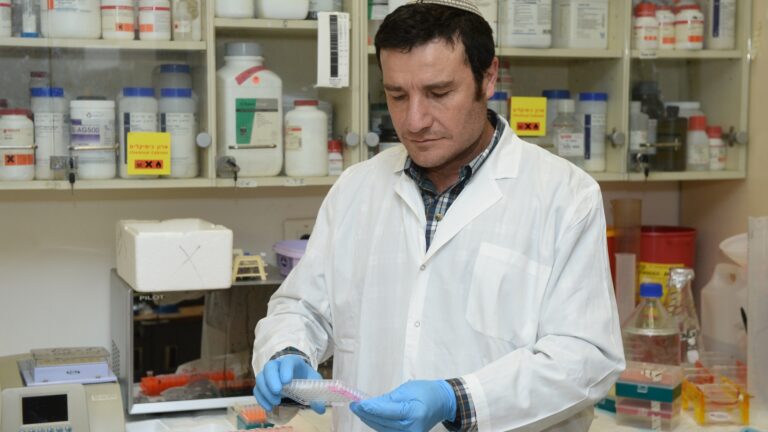You might not know if you are among the approximately 30 percent of the population suffering from fatty liver disease, the most common liver condition in the Western world. It usually causes no symptoms aside from general fatigue – until it progresses into something more serious, such as liver cancer or cirrhosis.
If you do know you have fatty liver disease, you may find it difficult to make the radical change in diet and exercise habits usually prescribed as an antidote. However, an Israeli study has found that resistance training, and not only aerobic exercise, helps reduce liver fat as well as cholesterol.
“For patients suffering from physical limitations or low motivation that prevents them from performing aerobic exercises, resistance training can be an effective alternative,” said lead researcher Dr. Shira Zelber-Sagi from the School of Public Health at the University of Haifa.
Excessive weight, abdominal obesity, diabetes, dyslipidemia, and in particular triglycerides, increase the risk of developing fatty liver disease, when fat accounts for at least 5-10% of liver volume.
Dr. Oren Shibolet, director of Tel Aviv Medical Center’s Liver Unit, adds, “Because drug treatment for the disease is very limited or nonexistent, the main emphasis is on lifestyle modifications. In this aspect our study is one of a few clinical trials to show the benefit of resistance training in reducing liver fat.”
The study led by Zelber-Sagi, Shibolet and nutritionist-physical instructor Assaf Buch examined the impact of resistance training – which is usually briefer and more focused than aerobic exercises – on fatty liver disease.
“For patients suffering from physical limitations or low motivation that prevents them from performing aerobic exercises, resistance training can be an effective alternative.”
They chose 82 subjects aged 20 to 65 who were diagnosed as suffering from fatty liver disease over the six months before the beginning of the study.
The participants were divided randomly into a resistance-training group and a control group that was asked only to do stretching exercises. The participants were asked not to change their physical activity habits during the study, to continue their usual diet and to take their prescribed medicines.
Three-month study
Resistance training in the gym — designed and delivered by Buch — included several sets of resistance exercises involving the arms, chest and legs, lasting for a total of 40 minutes, three times a week for three months. The level of resistance was adjusted to each participant’s capabilities.
Participants had their weight, blood pressure, liver enzymes, lipids, blood sugar and insulin tested regularly.
At the end of the three months, the researchers found that this regimen had led to a decrease in liver fat, based on the fat content of the liver as detected in a special ultrasound examination developed by Dr. Muriel Webb of Tel Aviv Medical Center.
“The resistance training was not intended to reduce body weight significantly, and indeed overall weight loss was very slight,” Zelber-Sagi explains. “However, it seems that the resistance training had a specific impact in terms of a fall in liver-fat levels as measured in the ultrasound examination.”
The study also found that the training significantly lowered blood cholesterol levels. “We assume that the physical exercise improves the resistance to insulin, thereby reducing the production of cholesterol in the liver and its level in the blood,” the researchers commented.
This study also shows, for the first time, that resistance training led to a reduction in ferritin levels in the blood. Ferritin is a protein found in the liver that facilitates the storage of iron. Elevated levels of ferritin can be indicative of liver damage, including inflammation. Accordingly, lowered ferritin levels may reflect an improvement in the condition of the liver.
Zilber-Sagi concludes, “We know how hard it is for people to lose weight and to stick to weight reduction diets. Accordingly, it is important to find additional ways we can treat patients on a long-term basis while enabling them to maintain a high quality of life. Anaerobic training is one of these ways.”

















